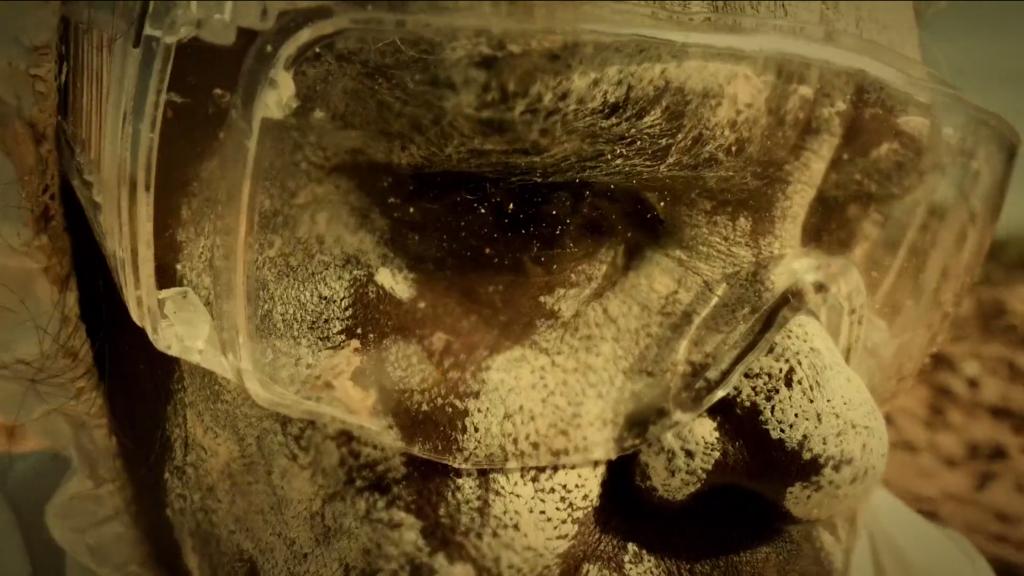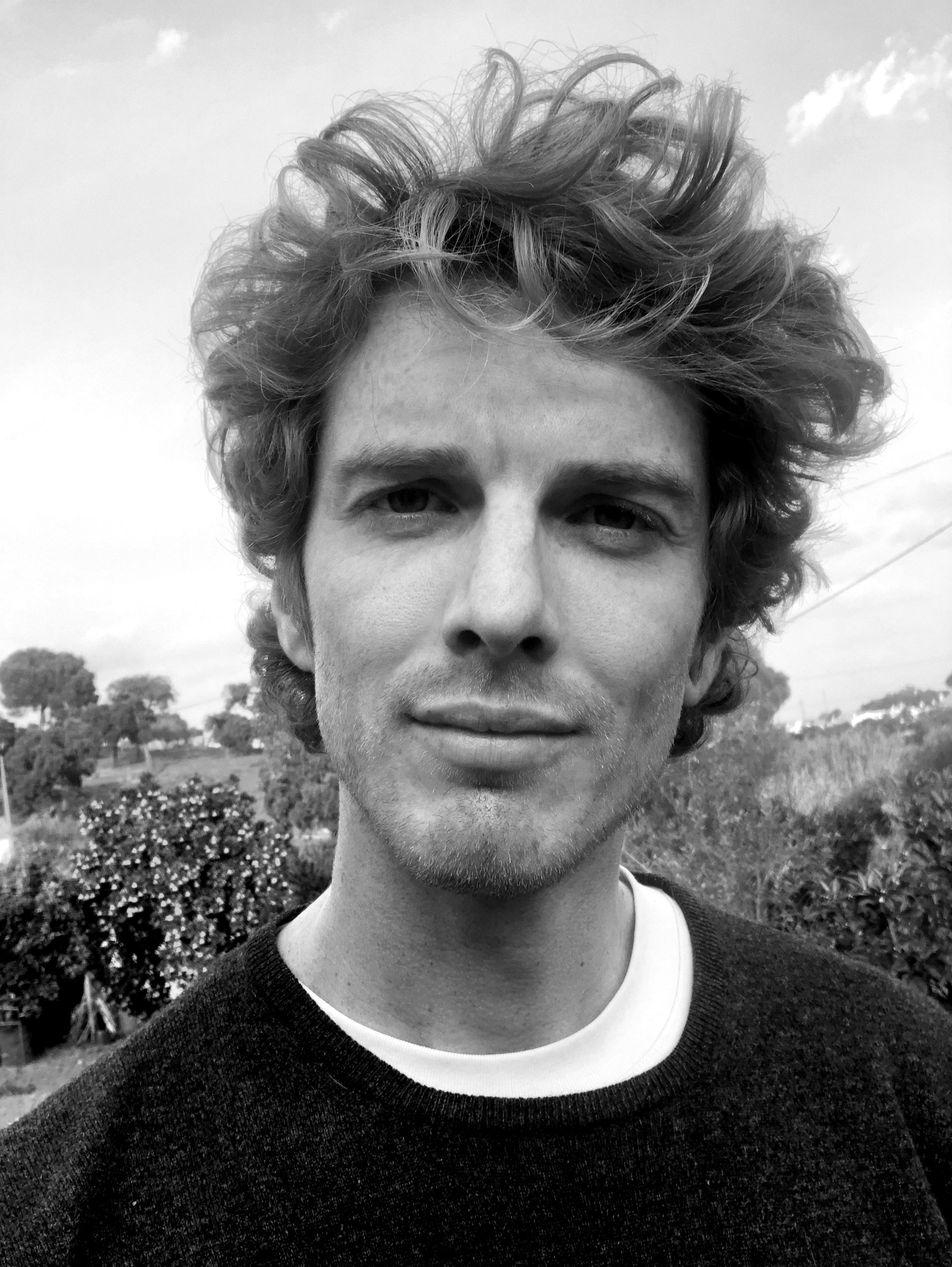COMPOSITE LANDSCAPES I /
COMPOSITE LANDSCAPES I /
“AUSTRALIAN” ARTISTS’ FILM AND MOVING-IMAGE
In Camera Natura, Scottish painter and convict settler Thomas Watling describes his efforts to make the Australian wilderness conform to the pictorial conventions of the British landscape tradition. Forgoing topographic fidelity for the aesthetic idealism of the Picturesque, Watling is compelled to compose a fictional whole from discrete parts to translate what he sees into a subject worthy of his medium and legible to a foreign audience.
Fast forward 300 years to the 1970s, and Australia is attempting a rebrand as it navigates its economic, political and cultural reorientation to neoliberalism. Cinema is enlisted in this endeavour and the Australian New Wave (ANW) movement is born. Within its filmography, the Australian landscape is embraced as a quintessential antagonist, narrative backdrop, and object of collective identification for the settler colony undergoing its adolescence. From cartography to painting to photography and film, this ongoing history of settler representations and attempted enclosure of the land (as well as its speculative futures and extraterrestrial frontiers) is the subject of this program. ANW classics and the broader canon of Ozploitation film and television become cannon fodder for a break down of 21st-century Australian politics. All the featured artists manipulate the reflexive space-time of their medium to craft cinematic encounters, counter-narratives and audiovisual correctives that brush this celluloid history against the grain.
Settler nationalism is rendered as science-fiction. From the suburban uncanny of lutruwita/Tasmania to the alleged luxury of privatised space travel to the inevitable dystopia of toxic wastelands, the landscapes of this program are at once fantastical, devastating and grounded in material realities. Through storytelling and song, that which has been framed out of national narratives is foregrounded; be it the fictional inversion of blood quantum assimilation strategies or the binned public entries to the Australia National Anthem Quest. By salvaging, sampling, collaging, remixing, ripping off and reimagining, the artists in this program present tactics to deconstruct Australia’s projected (moving) image of itself. Working with and against its selective framing while inverting that which it has appropriated, they reveal another, “un-Australian” reality; at once closer and further from the truth of nationalist representations. Just because you can’t see it…
Sam Mountford, curator
The screening will be introduced by curator Sam Mountford.
After the Rainbow
Soda Jerk, Australia, 2009, digital format, black-white/colour, 6'30'', english/slovenian subtitles
After the Rainbow is the second work in Soda_Jerk’s Dark Matter series, an ongoing cycle of video installations that examine experiences of time and memory and how these can be mediated by moving image technologies. Soda_Jerk calls each work in the Dark Matter series a “séance fiction” as the installations present an encounter between the younger and older selves of a deceased screen star. By borrowing, re-sequencing, and manipulating clips from films and television, Soda_Jerk demonstrates how sampling can even serve as a kind of re-animation of the dead.
Camera Natura
Ross Gibson, Australia, 1986, digital format, colour, 33'51'', english/slovenian subtitles
Camera Natura is a film about the Australian landscape as portrayed in the myths, maps, painting, writing, photography and cinema of white Australians. Employing an essayist form, Gibson's film uses a bricolage of images, sounds and voices, including sequences from Picnic at Hanging Rock (1975), Mad Max II (1981) and Chain Reaction (1980), to consider the way in which Australian nationalism has been informed by settler imaginings of the Australian landscape.
Urine Trouble
Georgia-Lucy Ingall, Australia, 2016, digital format, colour, 2'47'', english/slovenian subtitles
'Urine Trouble' is the first song off the night side (not the day one) of their recent cassette entitled TACTILE TEXTILES. All The Weathers made and recorded the tune during the midst of a Hobart abortion at the end of 2015. The video was born July 2016. Georgia Lucy is the mum. Tactile Textiles was recorded and released by John Love of Plum stop.
Just because you can't see it...
Karrabing Film Collective, Australia, 2020, digitaln format, colour, 2'26'', english/slovenian subtitles
A serious, sometimes humorous, reflection on Karrabing understandings of the ancestral present.
We Are the Robots
Soda Jerk, Australia, 2010, digital format, colour, 6'10'', english/slovenian subtitles
An episode in Soda_Jerk’s multi-channel digital-video installation cycle entitled “Astro Black”. We are the Robots re-imagines the iconic scene in the film Close Encounters of the Third Kind (1977), where scientists use a synthesizer keyboard to communicate with an alien mothership. In Soda_Jerk’s revision of these events, Kraftwerk play sequences from their own music and the mothership responds with fragments of tracks that have sampled Kraftwerk. This jam session– between the original and sampled versions of Kraftwerk’s music–explores the impact of German electronic music on Afrofuturist sonic culture.
Musk Travels Holiday Documentation
Georgia-Lucy Ingall, Australia, 2022, digital format, colour, 9'06'', no dialogue
In lock down when I was lonely, stuck in one place, watching the climate change, feeling the gravitational pull of heavenly bodies and feeling worried; I clicked on a lottery link in my spam emails and won a passenger spot on an Elon Musk SpaceX tourism trip. I scored a package including a massage in the Musk base station. It was sweet. I befell upon a space simulacrum of the Brisbane Hotel and had a few drinks with a pakicetus couple who just happen to be distant relatives of the whale. We sat on the dock of the bay watching Earth’s tide rise from far away. Excessing. Big billionaire behaviour. Wasting time. Wasting space. Rocket exhaust does the ozone layer no favours at all. I read on my way home that Musk granted some Tasmanian students funding to plant seaweed forests in decommissioned offshore gas stations to offset some of his carbon. Bargain. Here is some documentation from my holiday.
Mermaids, or Aiden in Wonderland
Karrabing Film Collective, Australia, 2018, digital format, colour, 26'29'', english/slovenian subtitles
In the not so distant future, Europeans can no longer survive for long periods outdoors in a land and seascape poisoned by capitalism, but Indigenous people seem able to. A young Indigenous man, Aiden, taken away when he was just a baby to be a part of a medical experiment to save the white race, is released into the world of his family. As he travels with his father and brother across the landscape he confronts two possible futures and pasts.
ABOUT THE CURATOR:
Sam Mountford is an Australian artist-filmmaker living in Portugal. He completed his BFA at the School for Creative Arts and Media, University of Tasmania, was a 2019 participant of the Maumaus Independent Study Programme in Lisbon, and is currently completing an MA with the Dutch Art Institute-Roaming Academy. Sam’s work has been exhibited and screened in Europe, Australia, UK and USA, in festival programs and institutions such as Het Nieuwe Instituut, Contemporary Art Tasmania, Bienal Fotografia do Porto, Dark Mofo, ISFF Oberhausen, Reykjavík IFF and Riga ISFF 2ANNAS. He was the 2023 recipient of the prestigious Anne & Gordon Samstag International Visual Arts Scholarship and the 2018 winner of the Tasmanian Portrait Prize.
ABOUT AUTHORS:
Soda Jerk is an Australian artist duo who make sample-based films with a rogue documentary impulse. They are fundamentally interested in the politics of images; how they circulate, whom they benefit and how they can be undone. Based in New York for over a decade, they have recently relocated to Europe.
Karrabing Film Collective is a grassroots Indigenous based media group. Filmmaking provides a means of self-organization and social analysis for the Karrabing. Screenings and publications allow the Karrabing to develop a local artistic languages and forms and allow audiences to understand new forms of collective Indigenous agency.
Ross Gibson (1956, Australia) was a writer and researcher who also made films and multi-media environments. His main interests were contemporary arts, communication and the history of environmental consciousness in colonial cultures, particularly in Australia and the Pacific. His work spans several media and disciplines.
Georgia-Lucy Ingall (Australia, 1987) is a multidisciplinary artist whose output is both personal and culturally critical. Her art re-uses and re-incorporates, using existing materials and forms to engage with humour, communities, and the transformative potential of risk.












